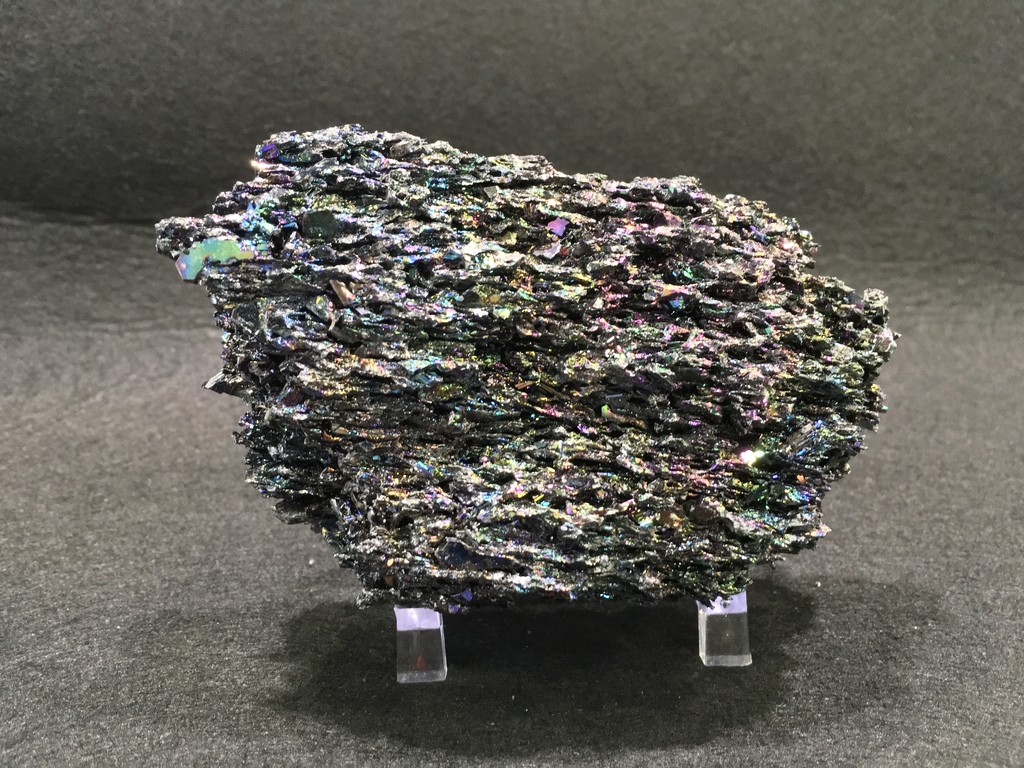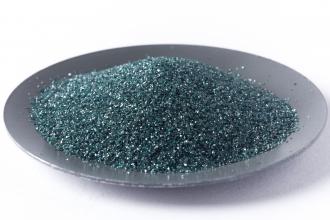
Structural characterizations are carried out mainly by (i) Scanning Electron Microscopy (SEM), (ii) Transmission Electron Microscopy (TEM), (iii) Fourier Transform Infra Red Spectrometry (FTIR) and other techniques. All these structures are fabricated by techniques derived from classic (i) Ion Beam Induced Crystallization (IBIC), (ii) Chemical Vapour Deposition (CVD) or (iii) Molecular Beam Epitaxy (MBE). This is the limit needed for the beginning of their industrial production and commercialization.Samples studied in this work are framed inside three groups: (1) Silicon Carbide and other phases (Silicon Nitride (Si3N4) and carbon nitride (C3N4)) synthesized by Silicon ion implantation, (2) Silicon Carbide synthesized by Si carbonisation and (3) Silicon Carbide and Gallium Nitride heteroepitaxial growth on carbonized Si. Therefore, long life are foreseen for electronic devices that could use these substrates. Indeed, their use allow a significant reduction of the high defect density present in III-N or SiC alloys compared to their quality when directly grown on Si. These approaches let the consecution of a crystalline quality enough to the development of devices. Nuestras piedras amoladoras rotativas de carburo de silicio facilitan el amolado y grabado de. The characterization of these structures allows to gather data and better physical and chemical understanding of these systems.The main objectives are (i) the fabrication and characterization of SiC and other interesting crystalline phases obtained from Si wafers and (ii) to demonstrate that these products are a viable way for using them as templates, compliant, seed or buffer layers in SiC or III-N overgrowth by epitaxial growth techniques. Usa tu herramienta Dremel como una potente amoladora rotativa. SiC is fabricated starting from single-crystalline silicon (Si) substrates by carbonization or by ion implantation. High temperature DC/DC and AC/DC convertersMechanisms of formation involved in both thin films and crystalline precipitates of silicon carbide (SiC) are studied in this Ph.Converters which work with photo-voltaic cells.Semiconductors made in SiC technology are used in applicationsm where high reliability level is needed.

Because of that we can design a small device, high power densities, and high output power quality. Find many great new & used options and get the best deals for Hojas de lija de acabado de carburo de silicio 230 x 280 mm E-Grueso 80g at the best online.

Similar, usage of fully controlled elements like JFET and BJT allow to decrease converter power losses, rise its operation temperature and frequency. Above properties allow to use those elements as backward and zero diodes, which decreases converter power losses and allow to operate at higher frequency. Schottky diodes, which are, at this moment, most popular SiC element, have very short turn of time t rr and low reverse recovery charge. They also have high operation temperature, low resistance during conducting. In comparison to classical Silicon elements, SiC semiconductors have big resistance for over-voltages.

Silicon Carbide (SiC) is a material, which allow to manufacture semiconductor elements with very attractive parameters.

Diodes and fully controlled elements made in SiC technology are new Dacpol products.


 0 kommentar(er)
0 kommentar(er)
